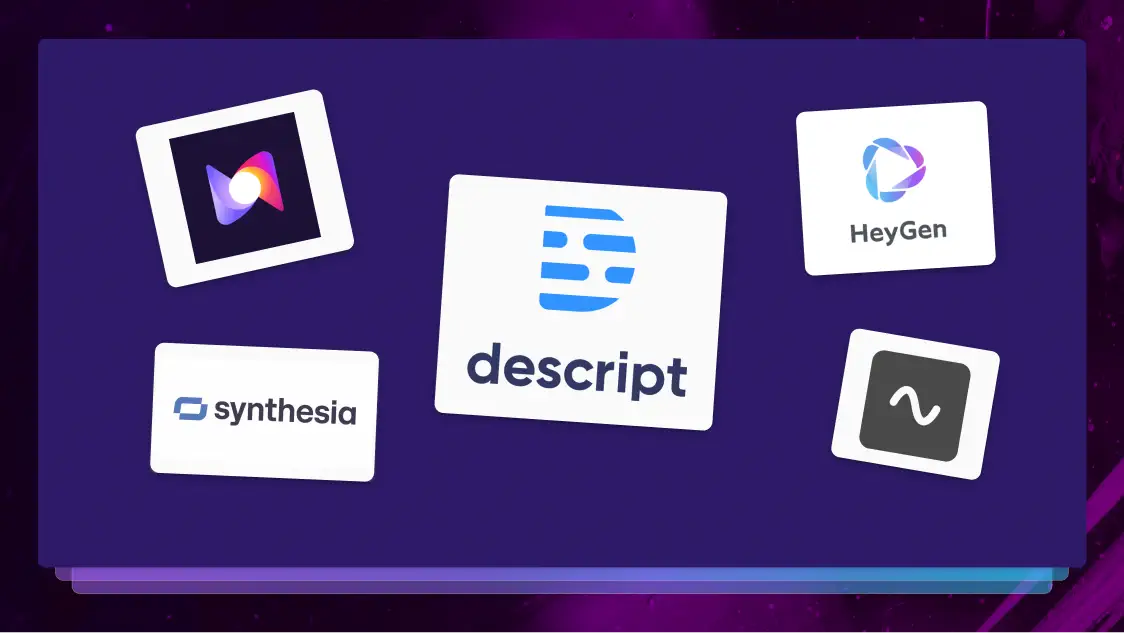AI Hallucinations: Separating Fact from Fiction
Learn what AI hallucinations are, why they pose risks in professional settings, and how Rev's tools can help minimize inaccurate AI-generated content.

If you depend on AI for transcripts, summaries, and other outputs at work, the thought of an inaccurate transcription riddled with misleading information is enough to send a shiver down your spine. But with the right tools, you can minimize those AI risks and ensure accuracy in your work.
What Are Hallucinations?
A hallucination is a response from a Generative AI tool that contains false or misleading information presented as fact. In speech-to-text, it can look like a transcript where people seem to say things they never really did.
This happens because the Large Language Models (LLMs) that feed Generative AI tools prioritize generating plausible-sounding text over factual accuracy. Often, they generate content on a word-by-word prediction basis. By recognizing patterns in language and making inferences, they can predict what words should come next—but they don’t understand the meaning behind them or the broader context of the conversation. This causes the majority of hallucinations, but hallucinations can also happen when a model has been improperly trained or trained on insufficient data or contains biases.
Why Are Hallucinations So Troublesome?
Hallucinations are bothersome, but not a huge problem for people using Generative AI for productivity tasks that don’t require critical thinking. However, for those who use it to complete high-stakes work where accuracy is paramount, hallucinations pose a serious risk.
Imagine a lawyer using AI to generate citations from a trial or court transcript, only to find out that they’re completely fabricated. Spooky, right? Hallucinations can have grave consequences for livelihoods, workplaces, and reputations.
Unfortunately, hallucinations happen a lot. Depending on the model and context, they can appear 3% to 27% of the time, and 89% of machine learning engineers who work with Generative AI say their models show signs of hallucination.
How Rev Helps Address Hallucinations
The most chilling part of hallucinations is that, until AI evolves, there’s no way to stop them entirely. But there are ways to minimize them. Rev equips organizations with tools to capture and understand conversations as accurately as they can. Its main defense against hallucinations is that our Automatic Speech Recognition (ASR) is trained on a massive dataset of human-transcribed audio.
Rev also has the ability to summarize and pull insights out of content with exact timestamp attributions. Timestamps link directly to the corresponding moment in the audio, making it easy to verify the transcript's accuracy against the original content.
Finally, Rev utilizes a large network of trained human transcribers who review and refine the initial output generated by our own ASR. This helps catch and correct errors, including hallucinations, that the ASR might have missed.
Every LLM has the capacity to hallucinate. That’s why it’s important to not only use the best tools, but to always employ critical thinking skills when working with any sort of AI-generated material.
Keep reading
Subscribe to The Rev Blog
Sign up to get Rev content delivered straight to your inbox.








